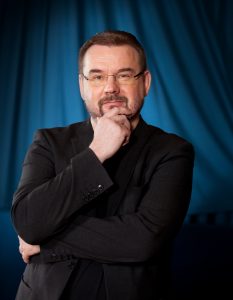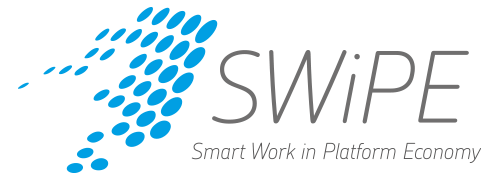
The broad Charles River separates, just before flowing to the Atlantic, the city of Boston from the city of Cambridge. On the Cambridge side of Charles is the Massachusetts Avenue, one of the main roads of Greater Boston. There, it combines the MIT (the 4th best University in the world in 2018, according to Shanghai university ranking) and the Harvard (world’s best university on the same ranking). For example, near the old main building of the MIT you can admire the chapel and the auditorium designed by architect Eero Saarinen in the 1950 century, before starting a walking tour towards Harvard. The busy route is not only used by professors, students and other norm citizens, but also by numerous addicts, decadence alcoholics, homeless people, severely mentally disadvantaged. Salvation Army and YMCA offer their services, a bus stop advertises Naloxone injection for the opioid overdose: “Is your relative or friend at risk…?” Sometimes the cliches about the great contrasts in the USA are true.
I spent the fall semester 2018 as a visiting scholar at Harvard, more specifically in the WCFIA, Weatherhead Center for International Affairs. Michèle Lamont, well-known professor of sociology, leads this Harvard’s largest international research centre, which is connected with Faculty of Arts and Sciences. The WCFIA (https://wcfia.harvard.edu/) focuses on the active organisation of conferences, lectures and seminars, and provides support and resources for a number of research teams, research exchange programmes, initiatives. Personally, I was able to access the SCANCOR-Weatherhead Partnership through the application process, which offers the Scandinavian people with doctoral degree the opportunity to work at Harvard. In addition to myself and Professor Anne Kovalainen, two researchers from Norway and two from Sweden participated in the programme during the fall semester (the application process, including the Stanford SCANCOR Programme, and additional info on www.scancor.org).
The WCFIA, or Harvard in general, does not take the densely stream of international scholars cavalierly. The new entrants are obliged to participate in a two-day orientation course, which presents people to each other and inducts into a wide range of activities of both the research centre’s specific and Harvard’s general functions. Detailed guidance is available for example for the effective use of excellent libraries. The conduct of visitors requires certain standards regarding, for example, bullying and harassment or racialized and gendered assumptions about people. Nevertheless, Harvard welcomes the newcomer with genuine kindness and care to become an equal academic member of the community. The orientation course ends in a relaxed barbecue get-together (burgers, lobsters, etc. are of course delicious), of which the +36 C makes it a bit challenging to enjoy in the late August sun.
Locals talk about the cold weather and snowstorms of winter time, but in autumn 2018 the warm weather continues far into September. The modern and well-air-conditioned rooms of the WCFIA provide venues for interesting seminars about political corruption in Japan; the officials handling asylum applications navigating between the regulations and their own morality; African “beach boys” having relationships with Western women. The ongoing seminar series “Trump’s Impact on the World” is exactly as it may be expected to be in one of the main forts of the American liberalism. The series is difficult to imagine, for example, to be in the conservative Hoover Institute in Stanford where, eight years ago, I listened to a senior professor lecturing about general moral corruption. At the SCANCOR meeting, I present SWiPE and its themes and research results to the experts and colleagues who actively point out questions. In general, in all of the seminars at Harvard and MIT, the discussion focuses on core issues, often very critically but still friendly and with constructive argumentation.
A little less than four months at Harvard go by quickly, with a dominating feeling that you should have time to listen lectures of this and this top researcher and you want to meet with this and this person. A few times, I go to the research seminar of the department of sociology, which is led by Professor Frank Dobbin, director of the SCANCOR programme. In the seminar it is revealed how tough the international academic labour market is, which also applies to Harvard graduates. In fact, the seminar will often serve as a training platform for the fresh doctors of the social sciences when they are still refining their lectures on their specialities. A memorable lecture is an important business card for a young researcher when he or she is applying for a job at the University of Michigan or Tel Aviv, for example.
In the surroundings of Harvard and MIT is Boston, Northeastern and Tufts – all universities doing high quality research. I have no time to visit them, but on the other hand, Harvard offers a large number of visiting lecturers to choose from, who arrive from elsewhere in the USA and all over the world. Because SWiPE and other everyday tasks still require their own share, there is no time left to the other central dimension of the Harvard community: numerous concerts, art exhibitions, movie screenings. Any harm to the researcher is indeed difficult to conceive of the Harvard period, and one semester in practice does not even embrace all the benefits and joy that are offered. If you have the opportunity to apply for the Harvard SCANCOR programme, decide on a full academic year for the duration of your stay!
Seppo Poutanen is the leader of SWiPE’s subproject of the University of Turku.
Translation by Marja Rautajoki.
